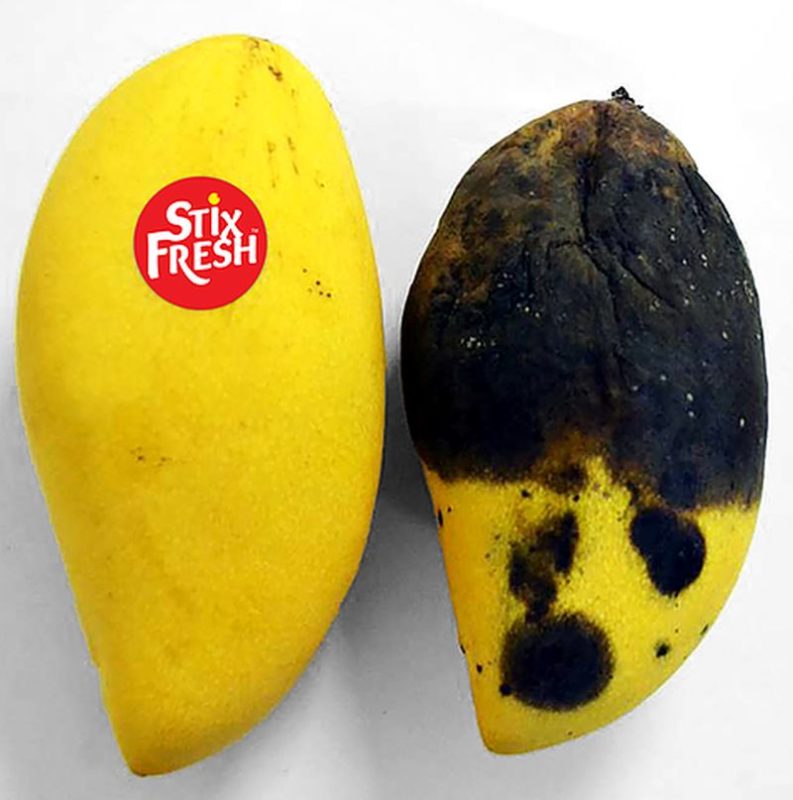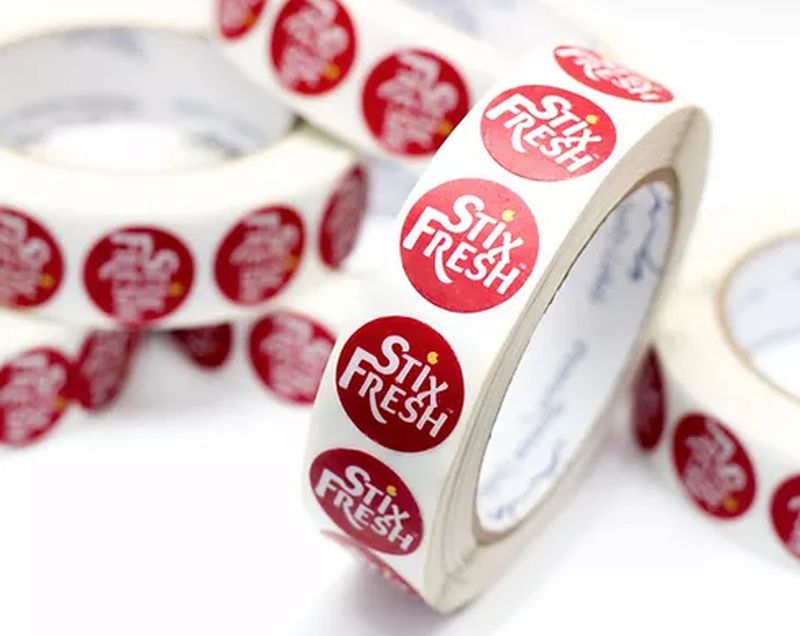Companies are starting to improve the health, nutrition, and sustainability of their products with the help of scientific innovation—and the demand of customers to keep them motivated to improve. Collectively, consumers are demanding more from the companies they buy from. They want food products that have the power to keep them healthy, while simultaneously keeping the environment in good condition, and of course, staying tasty.
For food producers and distributors, this is a major challenge. Fortunately, scientific leaps forward are helping businesses achieve their goals, offering customers better, more sustainable, healthier products.
Griffith Foods and Sodium Flex
 First, let’s take a look at Griffith Foods, a purpose-driven company that believes doing well and doing good aren’t mutually exclusive concepts. Griffith Foods is responsible for the development of many ingredients and food products, which are then harnessed by restaurateurs and food producers to create better foods for end customers. These products aren’t just delicious—they’re also produced with customer health and wellbeing in mind.
First, let’s take a look at Griffith Foods, a purpose-driven company that believes doing well and doing good aren’t mutually exclusive concepts. Griffith Foods is responsible for the development of many ingredients and food products, which are then harnessed by restaurateurs and food producers to create better foods for end customers. These products aren’t just delicious—they’re also produced with customer health and wellbeing in mind.
One of Griffith Foods’ latest innovations is a product called Sodium Flex, which can reduce sodium levels by 70 percent in food product development, without sacrificing flavor. Every year in the United States, there are almost 400,000 deaths related to high blood pressure—which, at least in part, is linked to consumer sodium intake. Sodium Flex, and its ability to drastically reduce sodium intake, could contribute to improved health for thousands, and save billions of dollars in healthcare costs annually.
Farther Farms and Carbon Dioxide Farming
 There’s also Farther Farms, a company based in Rochester, New York, which has created a new technology that uses supercritical carbon dioxide to pasteurize food. This process completely eliminates the need for freezing and refrigeration, lowering the energy demands of food production. It also prevents the need for adding artificial preservatives to its food products.
There’s also Farther Farms, a company based in Rochester, New York, which has created a new technology that uses supercritical carbon dioxide to pasteurize food. This process completely eliminates the need for freezing and refrigeration, lowering the energy demands of food production. It also prevents the need for adding artificial preservatives to its food products.
Overall, this approach can reduce the energy used during processing and distribution by up to 70 percent. It can even end up creating better food products, which taste better, last longer, and can be enjoyed by a wider audience.
Garlidoux
 In a more niche example, there’s Garlidoux, a company that has innovated a new type of garlic paste that provides all the most important health benefits of garlic, as well as its signature flavor—but without the powerful odor associated with it. In other words, you can eat and enjoy garlic as you usually would, but without the lingering garlic breath scent.
In a more niche example, there’s Garlidoux, a company that has innovated a new type of garlic paste that provides all the most important health benefits of garlic, as well as its signature flavor—but without the powerful odor associated with it. In other words, you can eat and enjoy garlic as you usually would, but without the lingering garlic breath scent.
Stixfresh
 Most fruits are healthy choices, being all natural and full of vitamins and minerals (as well as dietary fiber). But there’s a big problem that many consumers face on a regular basis when buying and storing fruit: it tends to go bad relatively quickly. For consumers, that means wasted food and money. For the environment, that means wasted energy. That’s why Stixfresh exists; this company has innovated a new type of fruit sticker that can make your fruit last 50 percent longer. It’s made from beeswax and “generally considered as safe” (GRAS) ingredients, and functions by creating a protective layer around the fruit.
Most fruits are healthy choices, being all natural and full of vitamins and minerals (as well as dietary fiber). But there’s a big problem that many consumers face on a regular basis when buying and storing fruit: it tends to go bad relatively quickly. For consumers, that means wasted food and money. For the environment, that means wasted energy. That’s why Stixfresh exists; this company has innovated a new type of fruit sticker that can make your fruit last 50 percent longer. It’s made from beeswax and “generally considered as safe” (GRAS) ingredients, and functions by creating a protective layer around the fruit.
Nutrino
 Some companies are working to help consumers better understand what they eat, rather than creating better food products by themselves. That’s the point of Nutrino, a machine learning (ML) and artificial intelligence (AI) platform that collects data from users to help them put together customized diet programs. In the future, Nutrino may be able to help consumers with specific conditions or considerations (like diabetes) put together a unique diet plan, as well as average consumers.
Some companies are working to help consumers better understand what they eat, rather than creating better food products by themselves. That’s the point of Nutrino, a machine learning (ML) and artificial intelligence (AI) platform that collects data from users to help them put together customized diet programs. In the future, Nutrino may be able to help consumers with specific conditions or considerations (like diabetes) put together a unique diet plan, as well as average consumers.
The Future of Food Innovation
Food innovation is likely to continue in several main categories:
1. Nutrition and health
Food producers will continue to find new ways to make the food we eat healthier, less risky, and/or more nutritious, while improving the durability and accessibility of our healthiest food options. Considering the magnitude of our obesity epidemic, this is a vital area of development for human health. To know about the alternative ways to deal with obesity, you may check this page.
2. Environmental sustainability
Food producers are also turning their attention to the environment, and long-term environmental sustainability. How can we continue to produce food at an affordable rate, while reducing the energy needs of creating and shipping these foods?
3. Cost and accessibility
As a secondary priority, food innovators are looking to reduce costs and increase accessibility of certain foods. How can these be made more affordable?
4. Analysis and AI
Other startups are focused on improving healthy eating habits or food product development with the help of ML- and AI-drive analyses.
We’re on the cusp of some of the greatest breakthroughs in consumer food products we’ve ever seen, from Griffith Foods’ Sodium Flex to Nutrino’s machine learning technology. In the coming years, we’re likely to see a major overhaul of the food we produce, buy, and consume—and it’s going to be better for our bodies, our environments, our wallets, and even our taste buds.
Article Submitted By Community Writer




